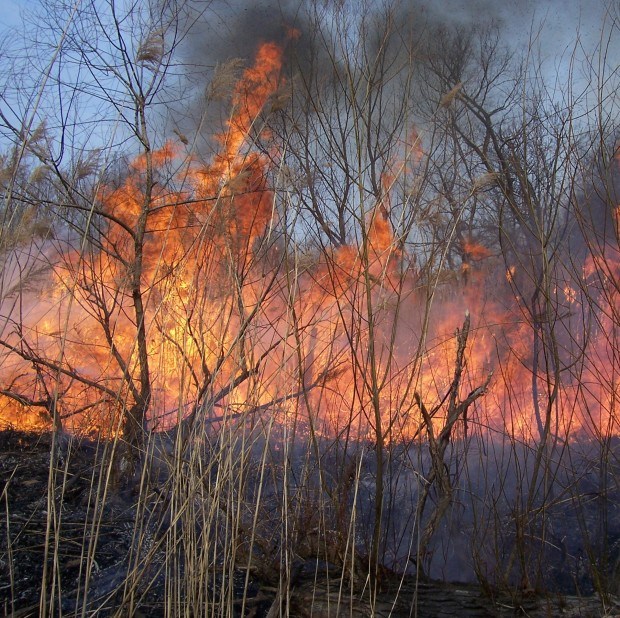As California’s lawmakers debated late Friday night under the statehouse capitol dome in Sacramento, the city’s utility district kept the lights on for them. But the legislators fell short for the electricity provider.
Officials at the Sacramento Municipal Utility District had wanted legislators to support Governor Jerry Brown’s proposal to give all utilities relief from strict liability rules. That didn’t happen. Instead, they passed a bill on the last day of session that benefits publicly-traded competitors such as PG&E Co. by allowing new customer fees to help pay fire damages.
Under California law, a utility can be held liable if its equipment caused a fire — even if the company followed safety rules. So if a tree limb outside the Sacramento Municipal Utility District’s right of way blows into its power line and sparks a fire, the agency, which has about $2 billion in municipal bonds outstanding, could be on the hook.
Utilities are pressing the issue with increasing urgency after deadly fires last October destroyed large swaths of California wine country, including thousands of homes, and killed 44 people. California investigators have already named PG&E power lines and other equipment as the source of 16 fires last year.
Subject to Damages
“We’re subject to damages that we have no control over,”said chief legal officer Laura Lewis in an interview Friday before the vote. “This legislation does nothing to help mitigate that potential risk, which we don’t feel is equitable.”
Unlike PG&E, the district, which earns 48 percent of its revenue from residences, has no shareholders. “We have no other recourse than to pass along costs to our customers,” Lewis said.
The utility estimates that if saddled with $1.5 billion in damages, it would increase rates by 25 percent. That would hurt those with limited budgets — already, the district offers a low-income discount to 15 percent of its residential customers, bond documents show.
Lewis said the utility, along with its peers, will continue to raise the issue with lawmakers next year. It’s becoming more significant as the climate changes. The average area burned by fires statewide would increase by 77 percent by 2100 if greenhouse gas emissions rise unchecked, according to California’s Fourth Climate Change Assessment released in August.
“Extreme weather is going to continue,” Lewis said. “That’s going to fuel more wildfires down the road.”





















 Why ‘Good Enough’ Is Killing Insurance: The Hidden Cost of Satisficing
Why ‘Good Enough’ Is Killing Insurance: The Hidden Cost of Satisficing  Artificial Intelligence Is Rewriting the Rules for Commercial Lines
Artificial Intelligence Is Rewriting the Rules for Commercial Lines  Is the AI Boom a Bubble Waiting to Pop? Here’s What History Says
Is the AI Boom a Bubble Waiting to Pop? Here’s What History Says  Insurance Costs, Climate Concerns Factor Heavily in U.S. Home Buying Decisions
Insurance Costs, Climate Concerns Factor Heavily in U.S. Home Buying Decisions 








